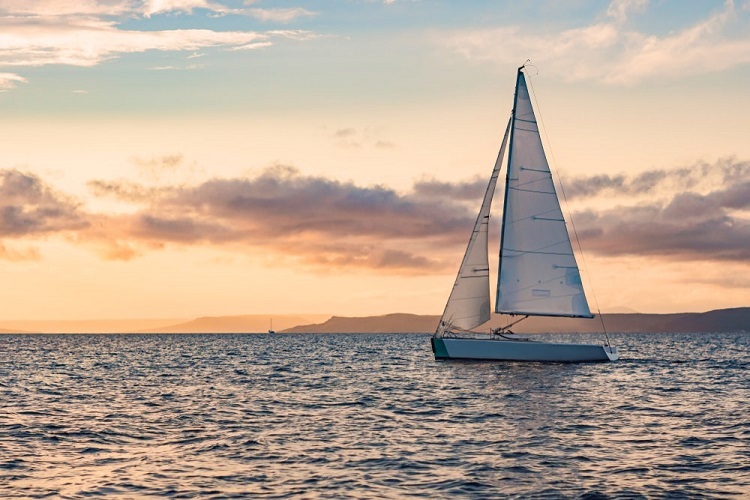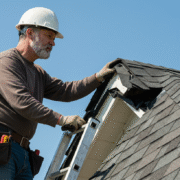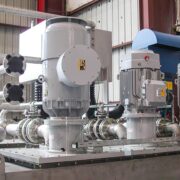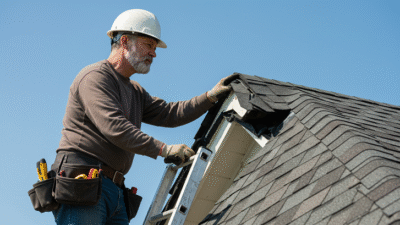Do you have a sailboat with a saildrive? If so, then it is time to replace the old one. The new saildrives are lighter and more efficient than their predecessors. Choosing a new saildrive for your sailboat can be a daunting task. There are many things to consider, and it’s easy to get overwhelmed with all the choices before you. Fortunately, we have put together this guide that will walk you through how to choose a new saildrive for your boat so that the decision is much easier! In this guide, we’ll cover four things to look for when choosing a new saildrive for your boat.
Table of Contents
The Sailboat’s Hull Type
You can’t just put any saildrive on your boat, because if the shaft height is too short or long, it will cause a vibration problem and potentially damage the drive or the engine. To select the right driveshaft height, you need to know what type of hull your boat has so you can select a driveshaft at the correct length. There are four different types of hulls that have been used on sailing boats: full keel, fin-keel, wing-keel, and centerboard.
Hull Length
The length of the hull is another important consideration that must be known before a new driveshaft can be selected. Most drives come in standard lengths, but occasionally a boat may have a unique hull type or require a custom shaft to fit properly. In these cases, it’s best to have the drive re-designed so you know for sure everything will work together.
Horsepower Driven
The horsepower of your engine is one of the most important factors for selecting new saildrives because this determines how much stress modern saildrives are put under when they’re running at full speed under load. As we said earlier, all modern saildrive transmissions exploit some form of gearing mechanism to amplify the rotation force produced by your outboard’s engine. If too much stress is put on the gears, they will eventually wear down and break, leaving you stranded with no propulsion or saildrive .
Maximum RPM
The maximum rpm of the transmission is another crucial factor to consider when selecting new saildrives for your boat because if it isn’t designed properly for your engine, it can cause major problems very quickly. Modern saildrives are specifically designed to be “over-engineered” so they’re able to handle more torque than what most engines can produce at their maximum rpm. However, this doesn’t mean that every manufacturer builds the same quality into their drives. Always check the specification sheet for each brand before purchasing a new driveshaft to make sure it can handle the horsepower being produced by your engine. We recommend that you select a drive with a maximum rpm 30-50% higher than what your engine produces so you have some room for error when things go wrong. Otherwise, if you start with an undersized saildrive, it will be overworked and fail long before its anticipated lifespan of 2-4 years.
Before purchasing new driveshafts, always check the specification sheet on the brand’s website to see what specifications they test their drives at in order to ensure they’re built to last. Also, remember that every boat is different and requires unique shafts, so if at all possible get your driveshaft re-designed instead of purchasing one off the rack. That way, you know for sure it will work with your boat and engine.



















Comments